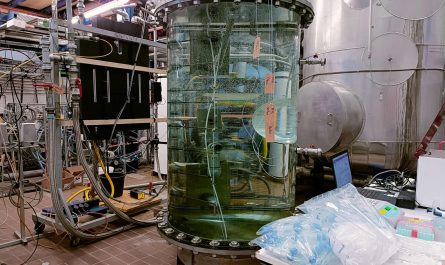Harnessing information from routinely collected data of notifiable diseases such as Legionnaires’ disease forms the basis for epidemiological assessments and is of great importance for extensive research work such as that carried out within the LeCo project.
The increase in Legionnaires’ disease between 2008 and 2019 has prompted the Federal Office of Public Health (FOPH) to commission several studies to improve the understanding of this notifiable disease in Switzerland. In this context, the Swiss Tropical and Public Health Institute (Swiss TPH) is currently analysing the latest national notification data on legionellosis in two studies:
1. Investigation of the spatial exposure risks and distribution of cases of Legionnaire’s disease (GeoLEGIO)
Legionnaires’ disease is caused by the environmental bacterium Legionella spp. and is transmitted via inhalation of contaminated aerosols. Public and private water sources and supplies are therefore potential sources of infection. For example, individual whirlpools, cooling towers, decorative fountains and car washes have been identified as sources of Legionella outbreaks. However, the main drivers for infection in Switzerland, their regional distribution and their impact on the risk for the population remain unknown.
Geographic information systems (GIS) will be used to identify potential exposure risks, mapping and exploring the spatial distribution of Legionnaires’ disease cases and environmental and infrastructural exposure sites.
2. Investigation of temporal developments in times of a pandemic (Legio2020)
Since 2017, there have been various developments that could have influenced the frequency of Legionnaires’ disease or its disease surveillance. These include the total revision of the recommendations made by the FOPH and the Federal Food Safety and Veterinary Office in 2009 and the inclusion of Legionella control in the Foodstuffs Act in 2017. Most recently, the Covid-19 pandemic has affected almost every aspect of our lives and also influenced the Legionella case numbers in 2020. Different hypotheses for the decrease in case numbers during the pandemic are under consideration. These include the closure of buildings and, as a result, unused water pipes and supplies; changes in people’s behaviour involving travel and the use of recreational facilities; and adjustments to test criteria in the medical practice, as the clinical presentation of SARS-CoV-2 and Legionella spp. infections are strikingly similar. Therefore, the trend of Legionnaires‘ disease cases in the Swiss notification data between 2017 and 2020 will be analysed and put into context with current events.




